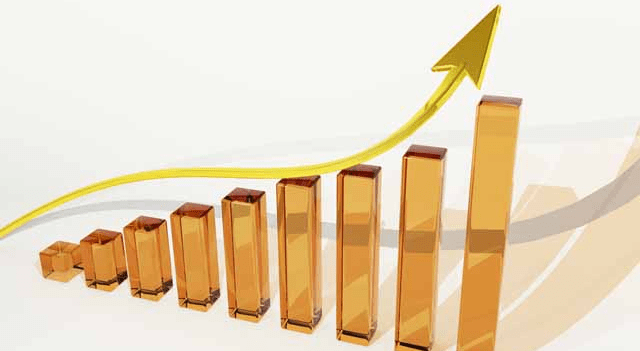Gold prices surged to new record highs this week as political uncertainty in Washington drove investors toward safe-haven assets.
The rally comes in the wake of a U.S. government shutdown, following the failure of a Senate vote on a Republican-backed spending bill. This environment has kept traders favoring precious metals, which also saw gains this week.
Prior to this spike, gold had steadily increased since late 2024, pausing between April and late August.
John McCluskey, president and CEO of Alamos Gold, told Investing.com that his company anticipated the gold rally years ago.
“Between 2015 and 2017 we made three acquisitions when gold was between $1,100 and $1,300. Since then, we’ve been rapidly growing our reserve and resource base with the discovery of over 8 million ounces at a cost of $30 an ounce,” he said.
“This has allowed us to drive value for shareholders as gold continues to hit record highs, like we’ve seen this week.”
Looking ahead to next year, McCluskey added: “Earlier this year, when the gold price was around $3,400, I predicted that we were still in the opening innings of this bull phase and prices could reach $3,800.
“Now that we’ve crossed that threshold, I think we will see this bull phase continue because of the macro forces at work that are underpinning the gold trade – like central bank buying and the U.S. debt.”
Meanwhile, Max Baecker, president of American Hartford Gold, told Investing.com that the metal’s surge represents “one of its strongest runs in history,” rising nearly 50% year-to-date.
He expects gold to remain well-supported into 2026, citing “continued government spending, slower economic growth, and the Fed signaling more rate cuts.”
Baecker concluded that “the long-term backdrop remains very supportive for gold.”
This content is for informational purposes only and does not constitute financial, investment, or other professional advice. It should not be considered a recommendation to buy or sell any securities or financial instruments. All investments involve risk, including the potential loss of principal. Past performance is not indicative of future results. You should conduct your own research and consult with a qualified financial advisor before making any investment decisions.
